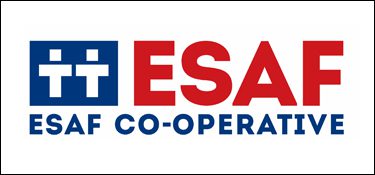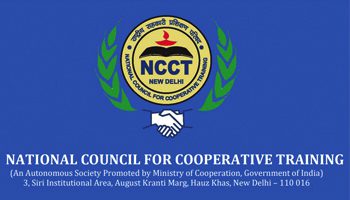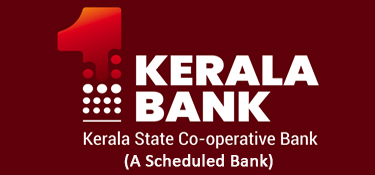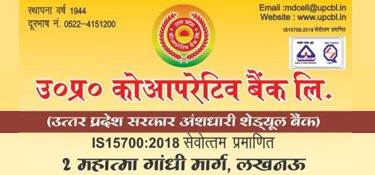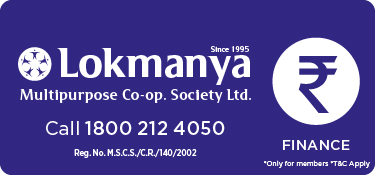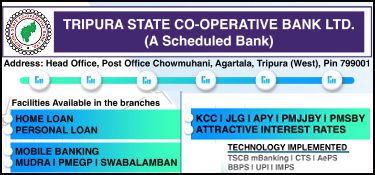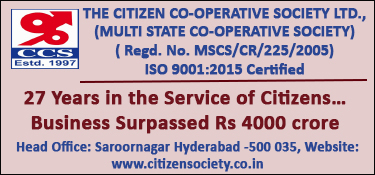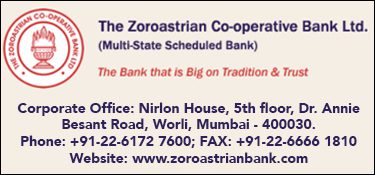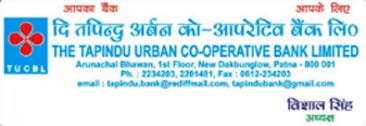By Balu Iyer
It’s 8:00 pm when we arrive at the headquarters of the Uralungal Labor Contract Cooperative Society (ULCCS) in Vatakara, Kerala. A crowd had gathered to receive and take us into the office which was abuzz with activity. While seated, I apologized for the delay and told the board members and staff gathered, they should not have made everyone wait so late. It was a bit deflating to hear the office was full not because of us; but, this this was an everyday affair! Not in many places have I seen directors, senior management, staff, workers stay late (9 to 9) in the office, 365 days (well, a couple of days are taken off in a year) to ensure the day’s accounts are settled and plans for the next day are made.
A few highlights of ULCCS:
– Most successful labor (or worker) cooperative in India – numerous national and international awards to back this claim
– Not a single day work lost due to labor problem in its 92-year history
– Zero cost overrun on its projects
– Growth in business from Rs.500 million to Rs.10 billion in 6 years
– ISO 9001:2008 certified
– Laborers earn higher wages than lowest grade employee of the government, every members gets bonus twice a year, medical allowances, gratuity and PF contribution.
– In 2009, invested Rs.600 crores, to develop India’s first technology park (UL Cyberpark) in the co-operative sector. LEED certified for gold standard building. 25.11 acres, proposed built up area of 3.2 million sq.ft (completed in phases) direct employment to 20,000 IT professionals and indirect employment to another 80,000
ULCCS is a worker cooperative. According to theInternational Organization of Industrial and Service Cooperatives, or CICOPA, a sectoral organization of theInternational Cooperative Alliance (ICA), worker cooperatives are worker owned and managed economic enterprises. Worker cooperatives are subject to the same restrictions of competition, management and profitability as other companies. Their originality lies in the fact that their workers hold the majority of the shares, at least 51%. In doing so, the workers decide jointly on the major guidelines of their enterprises and appoint their leaders (managers, boards of directors, etc.).
In all cooperatives, the internal democratic control is based on the principle of “one man, one vote” whatever the capital shares held by the respective workers. ULCSS was founded in the 1925 by 14 members (of which 11 were laborers) who had a common community background (thiyaa community), commitment to social reform (followers of Vagbhatananada), shared values (were already members of a credit cooperative) and a common vision (just and egalitarian world). Dr. Saji Gopinath, Professor atIndian Institute of Management – Kozhikode (IIM-K) and current Dean of Bennett University has studied ULCCS from close quarters, credits its success to culture, values and management.
The culture (ingrained and adhered since inception) to support and create employment for its workers, benefit the core business and society at large enhances its strength while its values of democracy, equality and equity enhances its trust among members. ULCCS management has been practicing agile management long before it came into fashion.
The Directors at ULCCS, who are also workers and members, are directly elected by the members. Each director works full time and has direct line responsibility for project execution and is responsible for a number of projects. During our meeting, I asked Saju. S, the Managing Director of ULCCS whether the children of members had an interest in the cooperative and joined them? He told me that his father had been a member and there were many other such cases. Saju then asked a counter question, “Should children of laborers continue to be laborers and do manual work? Shouldn’t they aspire to gain new skill and move to newer professions? We think they should. As a contract labor cooperative we need to constantly upgrade our skills and invest in technology to stay competitive. We no longer view ourselves as contractors but a total solution provider with our own design team (employ over 150 engineers). We have diversified into IT and tourism to give our children the opportunity to move to work which matches their aspirations.”
Razy Abdulla is the Executive Assistant to the Chairman. A graduate of IIM-K, he had joined the cooperative a month back. He told me, “growing up, ULCCS was a household name in the region. Having joined them, I can see why this is the case. I see my role in process improvement, bring in technology to automate and drive efficiency.” Razy is one of the many managerially qualified and technically equipped staff that ULCCS is adding as parts of its modernization and diversification efforts.
However, what has not changed is the worker-led power structure of the cooperative. Dr. Gopinath puts the challenges in front of ULCCS as follows, “As a people-led enterprise with multiple owners and diversified businesses, the challenges ULCCS now faces are in terms understanding the “key DNA” and developing governance principles to align multiple business verticals to the values that created and grew the parent organization; alignment of new set of professionals with the values and philosophy of the organization, and capital mobilization.”
We were in Kozhikode to be part of a two-day workshop on Collective Entrepreneurship in India. India, as the second most populated country and one of the fastest growing economies in the world, is highly concentrating in building civil infrastructure especially in roads, communication systems and utilities. India is also a central part of the global trend of rapid urbanization, with more than 31 percent of the country’s 1.2 billion people living in urban areas — a figure that is set to rise significantly in coming years. However, only 10% of India’s over 470 million work force is in the formal sector.
The remaining 90% are in the informal sector that comprises of construction workers, private security guards, household help, drivers of cabs, street vendors, hawkers, small traders, micro-entrepreneurs, home-based workers, cobblers, waste-pickers, porters, laborers, artisans, etc.
The informal economy does not have any written rules or agreements, does not have fixed wages or fixed hours of work and mostly relies on daily earnings, does not provide privileges like social security and workplace benefits, work atmosphere is congested and unhygienic, and the workers usually fail to come together and address their problems through an association or a group. The workshop had numerous examples of how cooperatives were making a mark in waste collection, solid waste management, hospitals, irrigation, meat packing and other types of activities.
Studies have shown that cooperatives achieve economic, social and environmental objectives:
– Integrate marginalized people into the labor market – which coincides with government policy – which mainstream businesses are less likely to focus on;
– Undertake important activities which are not worthwhile for mainstream businesses to provide, because of the latter’s need to achieve an adequate rate of return;
– Offer higher quality and more responsive services, because of the greater involvement of individual users;
– Fulfill an important function in society by helping to repair the loss of ‘social capital’.
Cooperatives with bottom-up processes have a deep sense of their identity, firm commitment by members, and experience in practicing democracy, collective deliberation, and self-management. However, government support is needed as is the case with ULCCS. The cooperative received most of its contract from local authorities including district and local boards. The initial contracts were small, for the construction and maintenance of small and medium sized roads and school buildings. As ULCCS continued to demonstrate its capacity to deliver on projects, the relationship with government strengthened over time, leading to larger contracts.
While government support is needed, the type of support matters. What is needed is an enabling environment, legal recognition, preferential public procurement, beneficial tax arrangements, access to alternative markets, legal duties of businesses to support disadvantaged people, consortia which assist social co-operatives and availability of finance on good terms. The sprawling UL Cyberpark built by ULCCS is a testament to the opportunities a worker cooperative could aspire for and achieve through member focus, steely determination and emphasis on growth in business and diversification. The cooperative worker model is highly relevant to India’s aspiration to build a modern, sustainable and egalitarian society.
Mansoor was driving us to the Sargaalaya Arts and Crafts village. ULCCS developed as Sargaalaya as a model arts and crafts village in an abandoned mining field. It is a platform for 70 artisans to make, display and sell their products. I started a conversation with Mansoor about his background and association with ULCCS. He said, “I first worked in ULCS eight years back as a contract laborer. I then moved to the Gulf and spent eight years before returning back to work at ULCCS. This time I am employed as a C class member; am entitled to all benefits, but do not have voting rights.”
In the night, while getting dropped at the railway station, I asked Mansoor, “Will you go back to the Gulf in search of a job? Without waiting for me to complete, he said, “No! I am now a member of ULCCS and am committed to it. Being a member comes with a lot of responsibility. It does involve a lot of work and I expected to be ready at short notice. But, I like it here. I am not just working for myself but for the betterment of the cooperative and all the members!” With this spirit from the bottom all the way to the top, may ULCCS continue to thrive and serve its members and community for many years to come!
(Balu is the Regional Director of ICA A-P)















